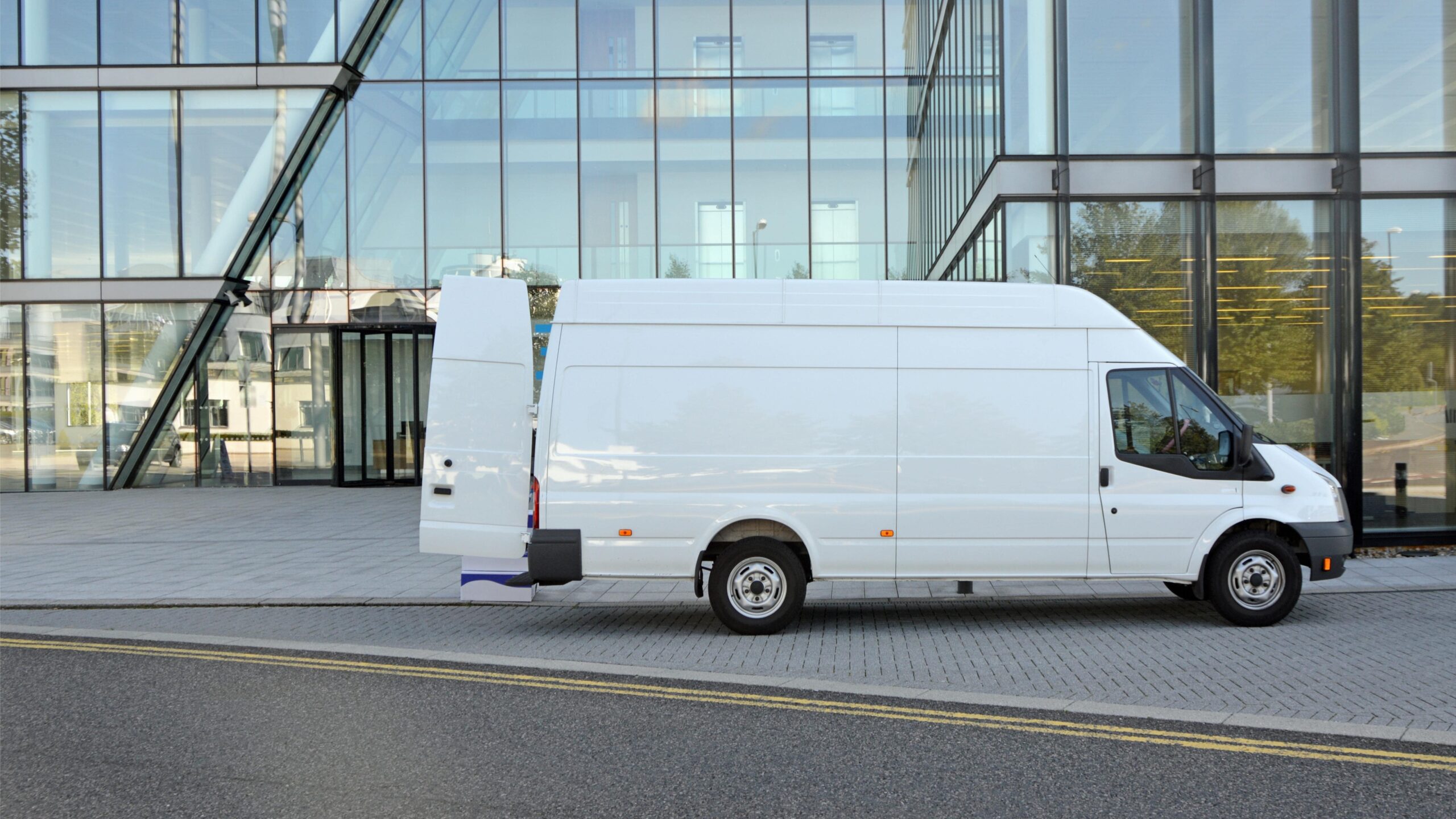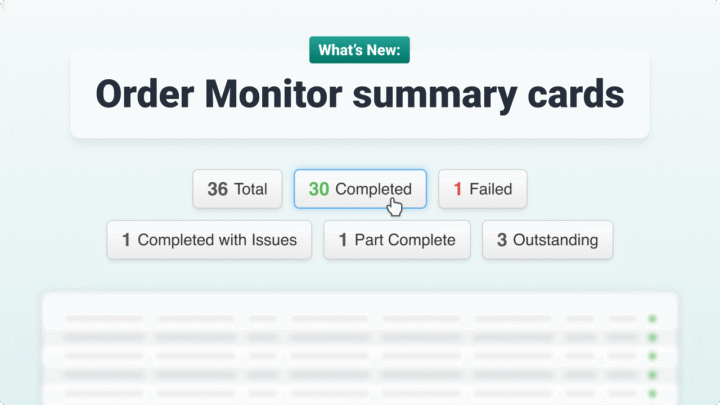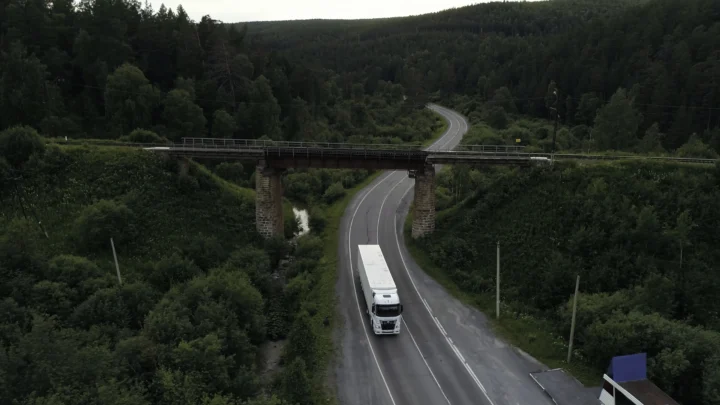Before diving into the costs, it’s important to understand what a Transport Management System (TMS) is.
A Transport Management System (sometimes referred to as transport management software) is a platform designed to streamline a number of transportation logistics processes.
It helps businesses plan, execute, and optimise the movement of goods from point A to point B (and every step in between), ensuring timely and efficient deliveries or collections while reducing costs and improving customer satisfaction.
Such systems provide a variety of functionalities that vary from platform to platform.
However, the majority offer features such as route planning, route optimisation, delivery tracking, and electronic Proof of Delivery (ePOD), in addition to a range of other functionalities, giving businesses real-time data and analytics to improve efficiency and decision-making.
The different TMS pricing models
Understanding the different TMS pricing models can help you choose the best option for your business:
Subscription-Based Pricing
Common for cloud-based solutions, this involves paying a recurring monthly or annual fee to use the system. It allows businesses to free up cash by not committing to a big upfront cost, creating flexibility and scalability.
This makes it an ideal pricing structure for small and medium sized businesses. Stream’s pricing model, by default, is a subscription model based on the number of vehicles in your fleet. There are four pricing tiers / plans for Stream, which can be paid on a monthly or annual basis.
Perpetual Licensing
This involves a one-time fee for a permanent license (excluding additional add-ons). It can be more cost-effective in the long run for businesses with stable needs and a long-term commitment.
Pay-per-use / transaction
Charges are based on the volume of shipments or transactions, making it ideal for businesses with fluctuating needs or seasonal shipping patterns.

Key Components of TMS Pricing
The cost of a TMS can vary significantly based on several factors. Here are the main components you’ll need to consider:
Implementation Costs
Implementing a TMS involves more than just buying the software.
It requires setting up the system to meet your specific needs, including migrating existing data, configuring the system, and integrating it with other platforms like an ERP or CRM.
The complexity of this process depends on your logistics operations. Larger businesses with complex needs may require extensive customisation and integration, increasing costs.
Implementation time can also vary, with Stream projects taking anything from a few days to complete to several months depending on the complexity of your logistics operation. Typically, if complex integrations are required, this can add time to the implementation.
Training and Support
Proficient use of your TMS is key to maximising its potential. Training, often provided by the vendor, helps your team become familiar with the system.
This can be done on-site or remotely.
Ongoing support, including technical assistance and updates, is crucial for smooth operation. While these costs add up, they are necessary to ensure the system runs effectively and any issues are addressed, ultimately leading to increased productivity and a higher return on investment.
Customisation fees
Each business has unique logistics needs, so a TMS must be tailored accordingly.
Customisation involves modifying the software to fit your processes, which can include adding features, changing functionalities, or integrating with other systems.
Customisation costs vary depending on the extent of the modifications. While it can increase the overall cost, customisation ensures the system aligns with your needs, leading to improved efficiency and performance.
Should any customisation be required, StreamTech will always provide a change request with details on the effort / cost involved. It is worth noting that all Stream subscribers benefit from new features and functionality that is released monthly.
Maintenance and Upgrades
Regular maintenance and system upgrades are vital for keeping your TMS running smoothly and securely.
Maintenance involves routine checks and updates to ensure that the system is functioning correctly and efficiently. This can include software patches, security updates, and performance enhancements.
Upgrades, on the other hand, involve adding new features or functionalities to the TMS. As technology continues to evolve, providers frequently release updates to improve the system’s capabilities and ease of use.
Staying up-to-date with these upgrades is essential for maintaining a competitive edge in the logistics industry. While maintenance and upgrades represent ongoing costs, they are necessary for ensuring the long-term success of your TMS.
As a subscription business, maintenance and upgrades are included within your annual / monthly subscription.
Benefits of Investing in a TMS
Increased efficiency
A TMS streamlines transportation, automates tasks, and optimises resource utilisation, leading to faster deliveries and improved efficiency.
Enhanced customer satisfaction
Through improved service efficiency, accuracy, and reliability, a TMS enhances customer satisfaction and customer loyalty in the process.
Reduced carbon emissions
By optimising delivery routes and minimising unnecessary mileage, a TMS helps reduce fuel consumption and emissions.
Cost savings
A TMS can lead to significant cost savings through lower fuel costs, reduced labour expenses, and general efficiency improvements.
Conclusion
Ultimately, investing in a TMS is a strategic move for businesses seeking to optimise their logistics operations.
By understanding the various components of TMS pricing, businesses can make informed decisions and choose a system that aligns with their needs and budget.
Whether it’s through increased efficiency, enhanced customer satisfaction, reduced emissions, or cost savings, a TMS can empower businesses to thrive in today’s competitive landscape and achieve their long-term goals.



